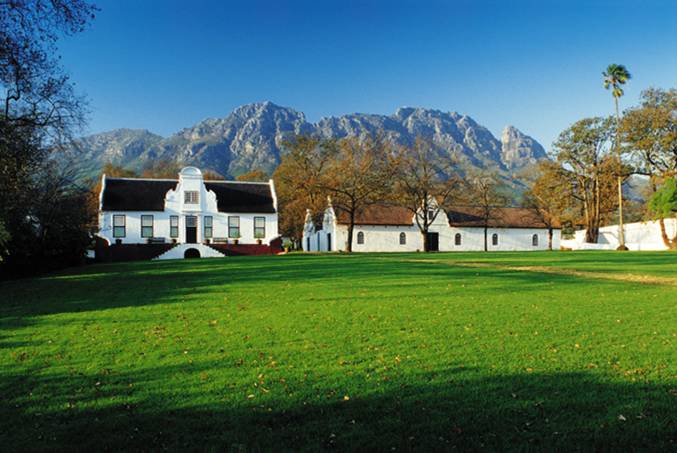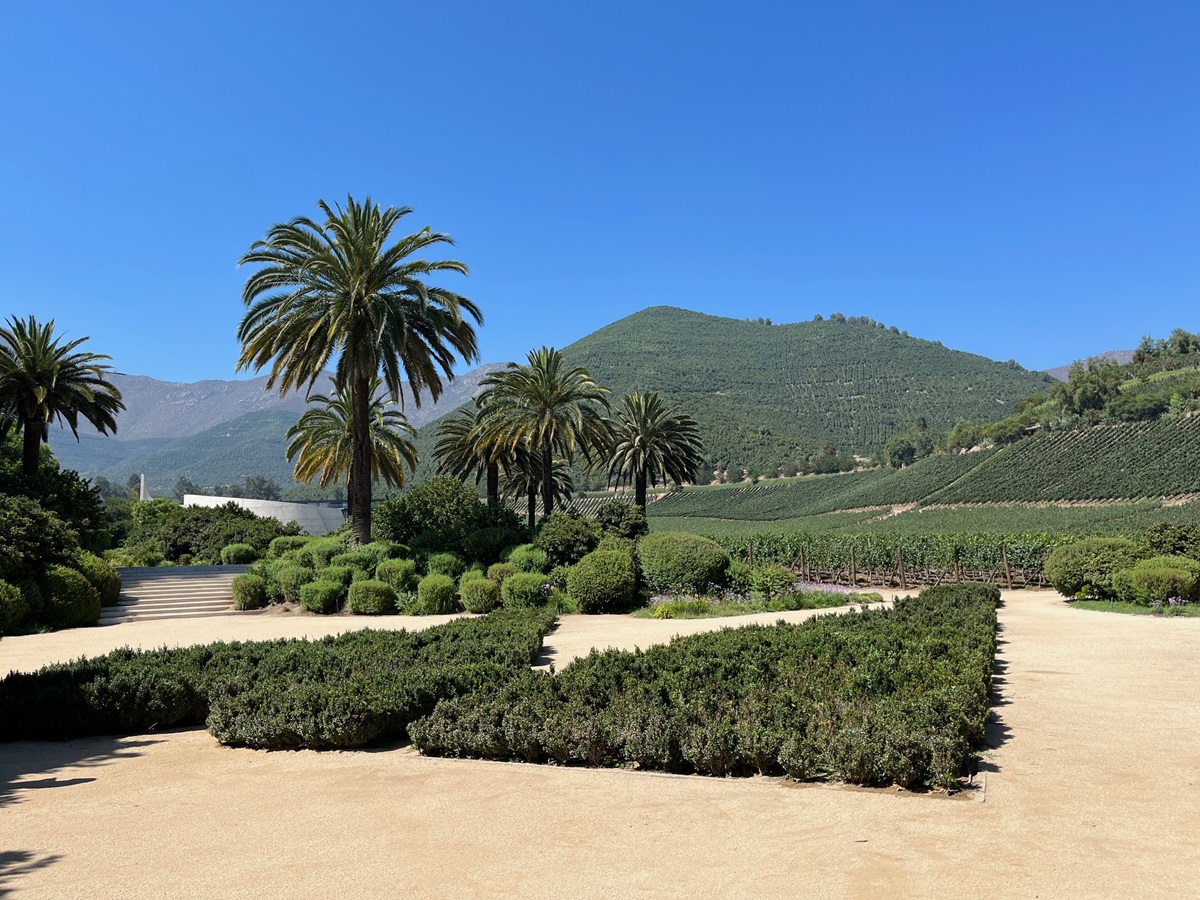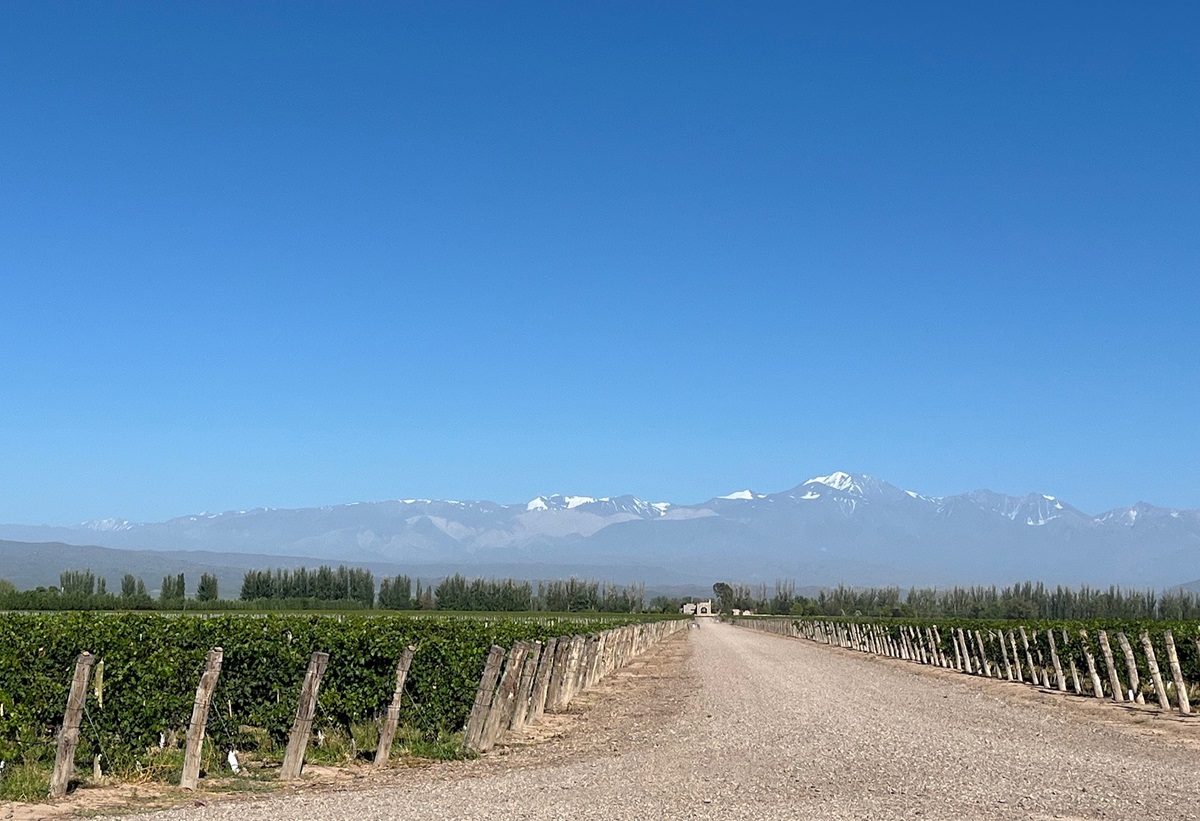HOW SUSTAINABLE IS AUSTRALIAN WINE?
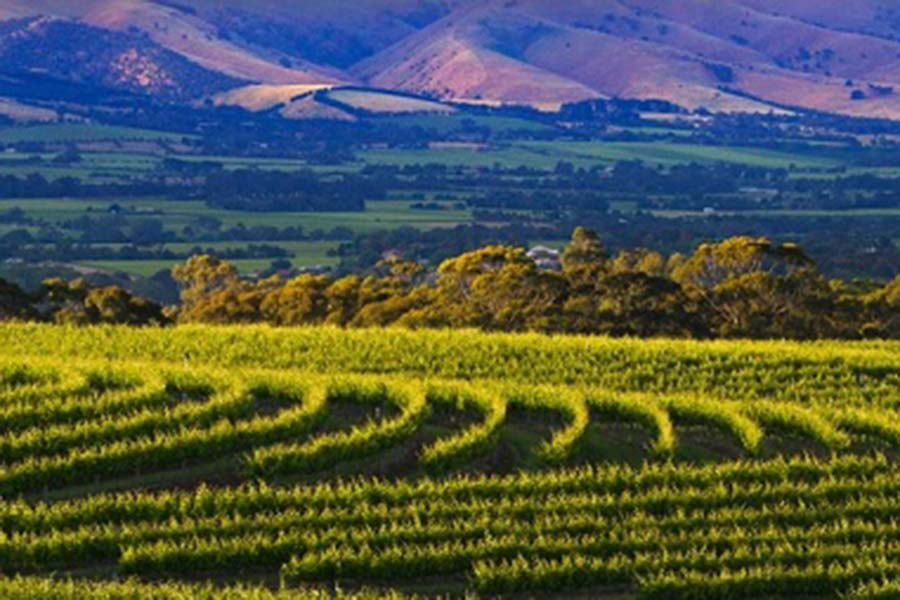
Australia is one of the warmest and driest wine countries, with an industry which began in C19 only made viable in many regions using irrigation.
Today with frequent extreme weather events from frost, flooding, bushfires, droughts and warming temperatures, climate change issues in this hot dry land have become a hot topic. Winegrowers need to find solutions to reducing water useage and their carbon footprint – fast.
Yet I have always been surprised that although Australia is one of the most affected by climate change, it lags far behind in its response. I tuned into a seminar hosted by sustainability expert Jane Masters MW and the Government of South Australian to find out more.
The good news is that in July 2019 Australia began a national programme called ‘Sustainable Winegrowing Australia’ to help vine growers and winemakers improve sustainability. This is largely run from South Australia, which makes up 60% of the total membership – mainly from Barossa, Adelaide Hills and McLaren Vale regions rather than the bulkwine engine rooms of hot inland Riverland and Riverina.
“It is a great tool for the industry to make a start”, explained Masters. “The certification system measures, monitors and reports on growers’ carbon footprint and sustainability practices in six areas: land and soil, waste, energy, water, biodiversity, people and business. This gives consumers confidence that wines are being made as sustainably as possible”.
To highlight how efforts were being made to improve sustainability, Masters introduced growers from five regions.
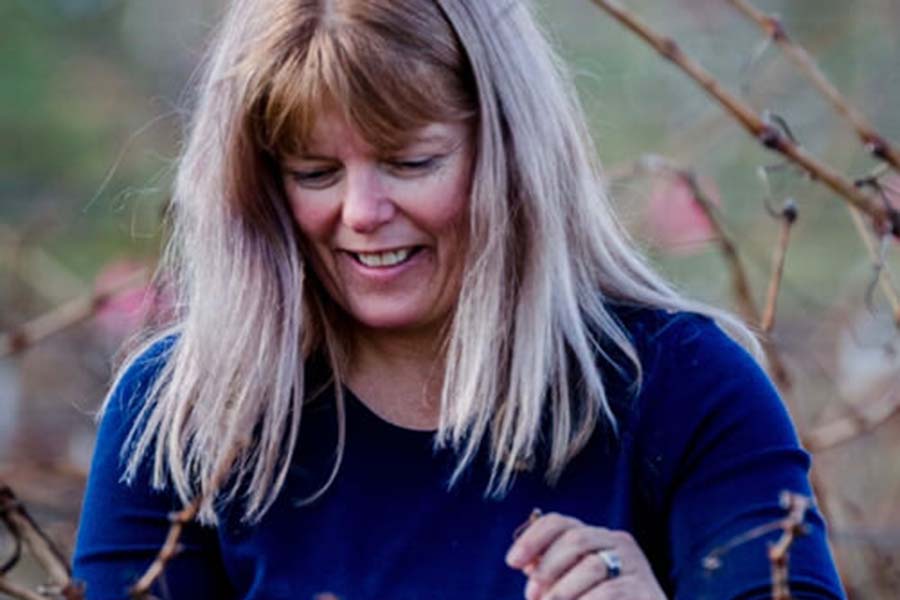
First up was Melissa Brown (above), co-owner of Gemtree Wines in McLaren Vale. Brown had a life-changing experience at a wellness centre, returning home keen to reduce the toxic load in her lifestyle and wines she made. “This was in the mid-2000s when no-one was talking about climate change”, explained Brown. “I had to convince my dad this was the way to go”.
Brown pioneered organic and biodynamic practices in her vineyard. She feels the key part is developing a healthy ecosystem and focusing on biodiversity, planting thousands of native trees and shrubs. Like other growers she pivoted to growing grapes able to tolerate heat and drought resistance like Fiano, she feels McLaren Vale’s climate is similar to Italy’s Campania, as it has less water requirements than Chardonnay.
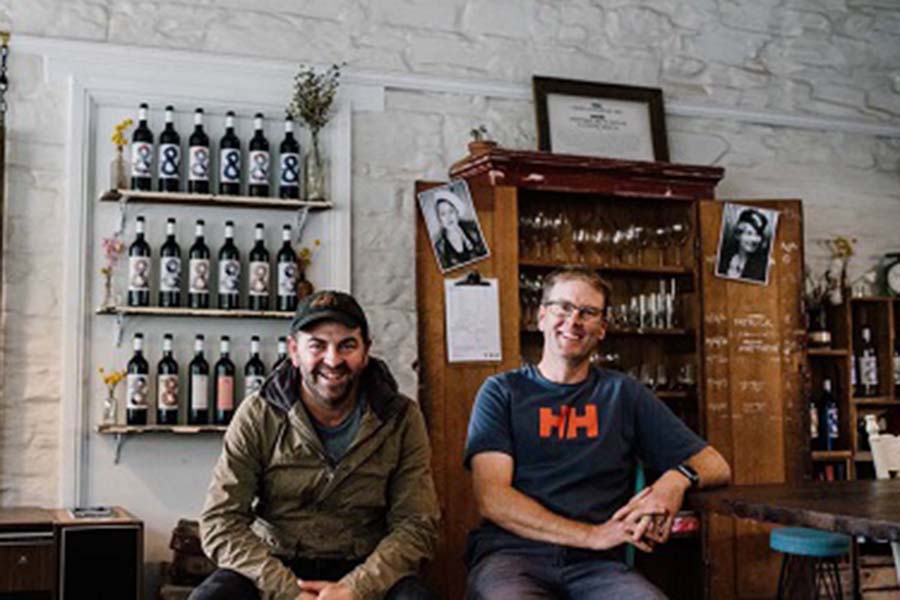
Malcolm Leask (above left) set up Hither & Yon becoming South Australia’s first carbon neutral certified winery with an aim to ‘make better wines with a lighter footprint’. “Monocultures are disfunctional”, says Leask. “We encourage non-productive zones restoring ecology and native grasses with mixed agriculture allowing cattle to graze freely in our vineyards”. Leask also plants drought-resistant Aglianico, Touriga Nacional and Nero d’Avola.
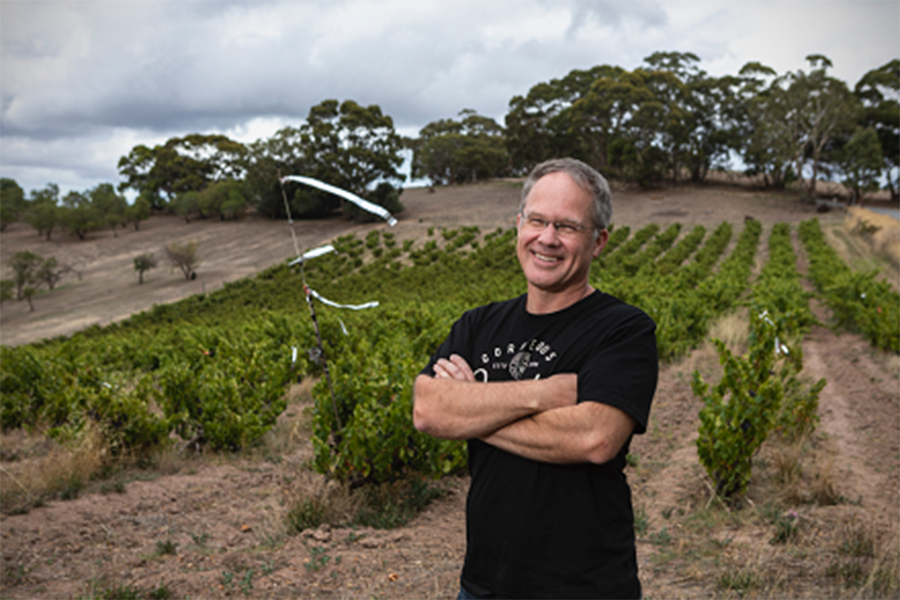
In the hot dry Riverland, where Scots-born Giles Cooke (above) of Thistledown Wines buys grapes, the situation is serious with low water levels. “Irrigation has largely moved away from open channel or overhead sprinklers to a drip system from pressurised pipes allowing growers to adjust to the bare minimum water useage”, says Cooke.
However, as Cooke explains, many Riverland growers are still not taking climate change seriously. “They are somewhat removed from global climate challenges, more focused on personal survival”, he says. “In my opinion leadership on this issue needs to come from the big players and this has not happened, so smaller growers are leading the way…but this is a slow process”.
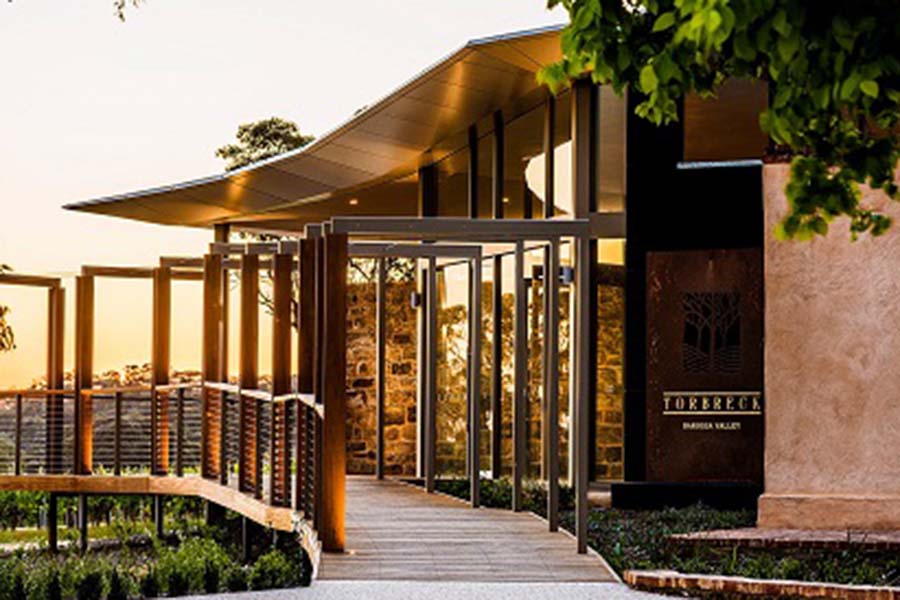
Nigel Blieschke at Torbreck Vintners in Barossa Valley has a different problem. He dry farms (no irrigation) a treasure trove of over 25 hectares of precious old Grenache and Shiraz vines, some over 125 years old. To protect and keep these gnarled old vines thriving in the hot drought conditions he has altered canopies to bush vines to protect from hot sun, uses composting to retain moisture, mulching and undervine weeding with sheep for grazing.
The first independent winery in Australia to sign up to the Paris Agreement’s science-based targets was Wakefield Wines in South Australia’s Clare Valley, who have moved to solar and green power. Wakefield’s director Clinton Taylor aims to cut the winery’s emissions by 50% by 2030.
“We are trialling the new PET flat plastic bottle which gives enormous savings compared to glass, weighing 63 grams compared to glass bottle’s 360-500 grams – and 87% of this PET bottle is recyclable”, says Taylor.
Shipping heavy glass bottles across the globe from down-under is not sustainable in the future. Some winemakers are making subtle changes switching to lighter glass.
“At Thistledown Wines we changed the bottle weight on Gorgeous Grenache Red 2021 saving 17 tonnes of glass”, says Cooke. “Most barely noticed, but it demonstrated to us how easy it was to make a change”.
Today this new light-weight bottle is Thistledown Wines’ largest selling wine across the world – so clearly their customers welcomed this move to a more sustainable wine drinking future.
SUSTAINABLE AUSTRALIAN WINE
WHITE WINE
McLaren Vale: LUNA CRESCENTE FIANO 2022 Gemtree Wines
£15 The Vinorium
Crisp vibrant with creamy leesy palate and nutty undertones – made from biodynamically-grown Italian grape Fiano, fermented in a mix of stainless steel, concrete eggs and old oak.
RED WINE
Riverland: WILD & WILDER CLOUD CUCKOO LAND MONTEPULCIANO/NERO D’AVOLA 2021 Thistledown Wines
£13.49 Seven Cellars; Cambridge Wine; Latitude Wine; Alliance Wine
Fresh crunchy style with smooth velvety tannins – approachable blend of three Italian grapes grown down-under: 60% Montepulciano, 28% Nero d’Avola and 12% Barbera
wine tastings
The perfect gift for the wine enthusiast in the family. Rose does In-person tastings too.
cellar advice
Rose does cellar valuations for private clients, valuations for insurers & bespoke portfolio management.
Related stories
March 31, 2024
By Rose Murray Brown MW Published in The Scotsman 30 March 2024 On 2 February 1659, the first wine made from grapes grown in South Africa was crafted by the Governor of the Cape, Jan van Riebeeck. He had planted vines four years earlier in the Company’s Garden near Cape Town from cuttings imported from France. Van Riebeeck’s first
March 24, 2024
By Rose Murray Brown MW Published in The Scotsman 16 March 2024 Heatwaves and bushfires were very much on the agenda when I visited Chile last month as winemakers prepared for their 2024 harvest in blistering heat and drought, with a plume of smoke from the devastating fires lingering over coastal hills. Heat and drought are the greatest challenges
March 23, 2024
By Rose Murray Brown MW Published in The Scotsman 9 March 2024 I have two glasses of Malbec in my hands from the same high-altitude vineyard in Uco valley in Argentina. I am in the Catena Institute of Wine in Mendoza with winemaker Agustin Silva. He has asked me to taste the two wines, both from the 1500m high

